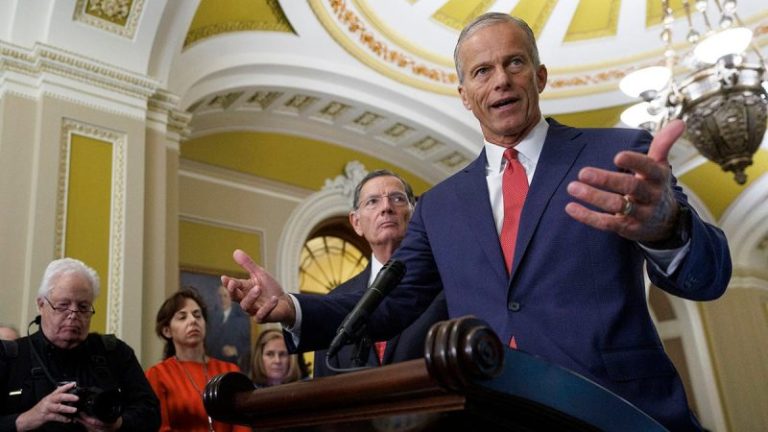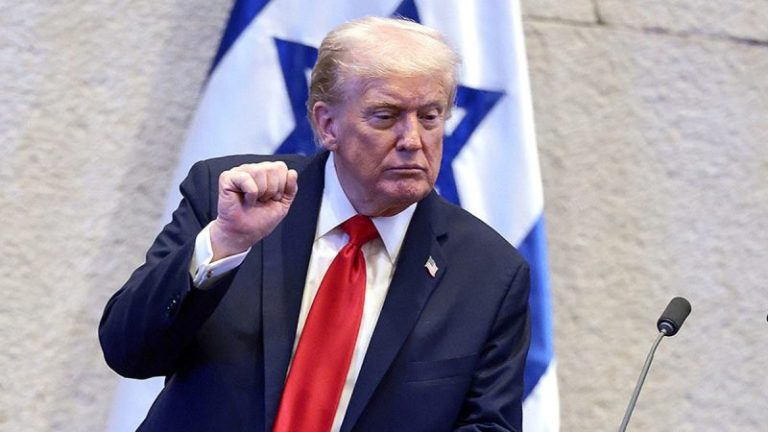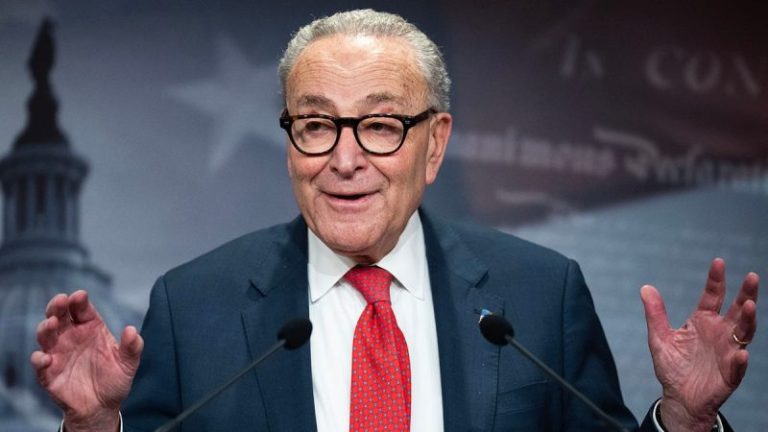The shutdown stalemate that has dragged on in the Senate officially ended late Monday night, and it places Congress on a path to reopen the government later this week.
Senators advanced a bipartisan funding package to end the government shutdown after a group of Senate Democrats broke from their colleagues and joined Republicans in their bid to reopen the government.
Those same eight Senate Democratic caucus members stuck with Republicans and provided the crucial votes needed to send the package to the House.
The votes went deep into Monday night on the shutdown’s 41st day and resulted in an updated continuing resolution (CR) being combined with a trio of spending bills in a minibus package that is now headed to the House.
Whether the Senate would get to this point was in the air for much of last week and even earlier in the day. On Monday, lawmakers were riding high after smashing through the package’s first procedural test, but concerns of objections and other procedural maneuvers threatened to derail the process.
‘I think everybody’s pretty united [behind] this bill,’ Sen. Bernie Moreno, R-Ohio, said. ‘We want to reopen the government.’
Senate Minority Leader Chuck Schumer, D-N.Y., and his caucus demanded throughout the entirety of the shutdown that they would only vote to reopen the government if they received an ironclad deal on expiring Obamacare subsidies.
But that deal, or at least the one that Democrats wanted, never materialized. Instead, eight Senate Democrats took the offer that Senate Majority Leader John Thune, R-S.D., has made since the beginning: A guarantee to vote on legislation that would deal with the subsidies.
Thune reiterated his promise and noted that a vote would come, ‘No later than the second week of December.’ The subsidies are set to expire by the end of the year.
‘We have senators, both Democrat and Republican, who are eager to get to work to address that crisis in a bipartisan way,’ he said. ‘These senators are not interested in political games, they’re interested in finding real ways to address healthcare costs for American families. We also have a president who is willing to sit down and get to work on this issue.’
Senate Democrats did not leave completely empty-handed, however.
Included in the revamped CR, which would reopen the government until Jan. 30, was a reversal of the Trump administration’s firing of furloughed federal workers, a deal to ensure that furloughed workers would get back pay and future protections for federal workers during shutdowns.
‘This was the only deal on the table,’ Sen. Jeanne Shaheen, D-N.H., one of the eight that crossed the aisle to support the package, said. ‘It was our best chance to reopen the government and immediately begin negotiations to extend the [Obamacare] tax credits that tens of millions of Americans rely on to keep costs down.’
Sen. Tim Kaine, D-Va., another of the eight Senate Democrats to break with Schumer, said that it was clear that Republicans weren’t going to budge on their position that healthcare would be dealt with after the government reopened.
But it wasn’t the guarantee of a vote on the expiring subsidies that got him to splinter, it was promises that there would be protections for federal employees.
‘If you wait another week, they’re going to get hurt more, another month or even more,’ Kaine said. ‘So what got me over the line was the pledge that they were able to give the federal employees.’
On the House side, it appears GOP leaders are eager to move quickly on ending the prolonged shutdown.
Speaker Mike Johnson, R-La., earlier Monday told Fox News Digital that he would bring the House back into session ‘immediately’ upon Senate passage of the legislation.
He later told House Republicans on a lawmaker-only call that he anticipated a vote in their chamber midweek at the earliest, Fox News Digital was told.
‘We’re going to plan on voting, on being here, at least by Wednesday,’ Johnson said. ‘It is possible that things could shift a little bit later in the week, but right now we think we’re on track for a vote on Wednesday. So we need you here.’
Johnson signaled the House would not move to fast-track the legislation via suspension of the rules however, which would bypass procedural hurdles in exchange for raising the passage threshold to two-thirds of the chamber.
It’s not a surprising move given House Democratic leaders’ opposition to the bill.
He said, however, that the House Rules Committee should be ready to move by Tuesday at the earliest.










